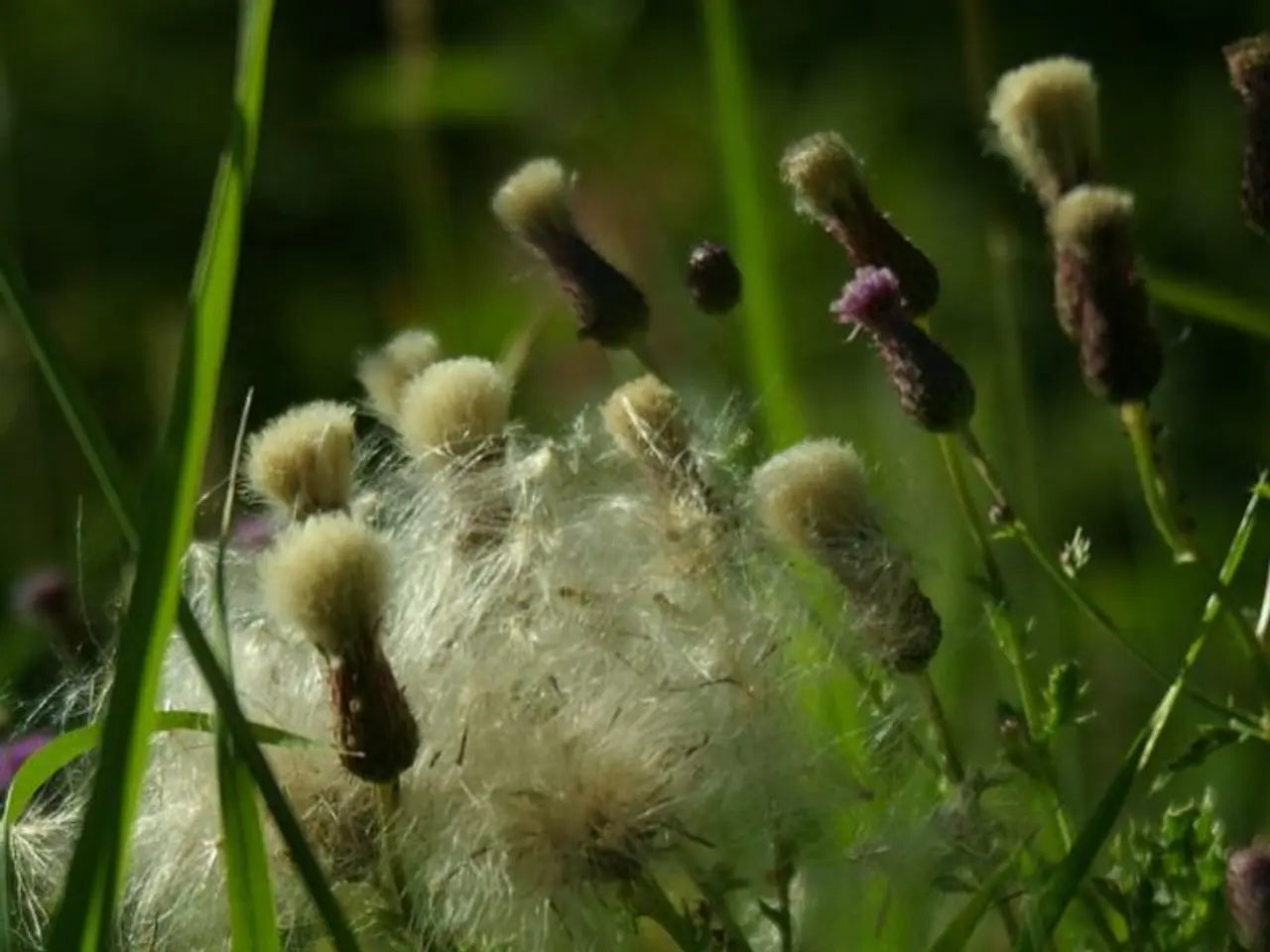Extending Your Crop Season with Smart Techniques: Essential Tips for Overwintering and Season Extension
Got a green thumb and wondering how to maximize your crop yield throughout the year? Want to know if some crops can survive the winter? Strap in because you're about to learn all about season extension and overwintering!
The Great Outdoor 'Extend-O-Matic'
First things first, let's break down what we mean by "season extension" and "overwintering." They're two unique methods for growing food during the off-season, and knowing the difference is key to making the most of your garden.
The Art of Season Extension
Imagine extending the life of your summer crops right up to the frost, or keeping your fall crops thriving even in the face of freezing temperatures. In simple terms, that's what season extension is all about. Let me give you two examples:
- Sacrificing the Popsicles: Covering your beloved summer crops with a protection layer keeps them safe from frost, giving them that extra edge to produce more tomatoes, peppers, or basil even as the weather turns cold.
- Broccoli Perseverance: Winter broccoli may withstand temperatures down to the mid-20s under normal conditions. But, if a cold snap rolls around before you're ready to harvest, covering them provides some precious extra time. In my zone 7b climate, I can keep harvesting broccoli through Christmas.
The goal with season extension is to create an ideal environment for your crops during cold snaps and frosty weather, allowing you to reap their benefits even when Mother Nature isn't exactly playing along.
Overwintering: A Long Winter's Nap
Unlike season extension, overwintering is when you plan for cold-hardy crops to peacefully sleep through the winter, waking up to start growing again come the late winter. You don't count on a late winter harvest – instead, you're looking forward to an early spring one.
Spinach, for example, is a star performer during the overwintering period in my garden. I plant it in the fall, and it frolics in October and November. Come November, though, its growth slows significantly due to the dropping daylight hours. However, when winter's grasp begins to weaken in late January, the spinach starts to grow again, giving me a harvest from February through May.
What Crops Overwinter?
The suitability of overwintering crops depends on your climate, the specific winter season, and other factors. While I have spinach, mustard greens, kale, arugula, lettuce, parsley, carrots, and a few other perennials thriving through winter in my zone 7b garden, things may be different for you. The best way to find out is to chat with fellow local gardeners and ask them what works for their region.
Covering Up for Winter Warmth
If the thought of covering your crops makes you shiver, don't worry. I've got some suggestions for you that will help you wrap up those crops snugly. Here are a few options:
- Floating Row Covers: These add warmth while allowing air and water penetration. They're particularly helpful during temperatures below freezing. However, they block some light, which is a precious commodity during fall and winter.
- Frost Blankets: These are a step up from floating row covers, offering more warmth in colder climates. But unlike floating row covers, they block even less light, so they're best used when your crops aren't depending on the sunlight to grow.
- Plastic Covers: Tougher than the other options, plastic covers provide extra insulation. You can use them on top of floating row covers for those seriously cold nights. Just remember that plastic covers don't allow for air or water penetration, so you'll need to remove or vent them if daytime temperatures rise too much.
Wrapping Up: Microclimates and Season Extension
Here's a fun fact: there are pockets in your garden that can be warmer (or colder) than the rest of it due to factors like elevation, wind, or proximity to structures. These are known as microclimates. When it comes to season extension, these spots can be a game-changer. In particular, containers and areas near your house can be warmer, so keep that in mind when choosing where to place your frost-sensitive crops.
The Bottom Line
Season extension and overwintering – they're climate-dependent, but understanding the basics of each will help you get your hands on homegrown treats for a longer period of the year. How about you? Have you tried experimenting with season extension or overwintering crops? Let us know in the comments!
Sharing is Caring| Share on Facebook | Share on Twitter | Share on Pinterest | Share on Email | Share on WhatsApp |
Free ResourcesYou don't have to be a seasoned pro to grow a thriving garden. I'm proof of that. Access the FREE guides now to get started on your gardening journey!
Access the FREE Guides Now
(*Affiliate disclosure: Many of the links provided are affiliate links. This means if you click through and make a purchase, we will earn a commission at no extra cost to you.)
- To enhance your gardening know-how and learn about garden printables offering tips on season extension and overwintering, consider subscribing to a relevant garden podcast.
- As you explore gardening as a lifestyle, don't forget to take advantage of home-and-garden resources that highlight season extension strategies for a more productive garden year-round.
- To maximize your garden's potential and maintain your crops throughout the year, incorporate gardening techniques such as season extension and overwintering into your gardening routine.








